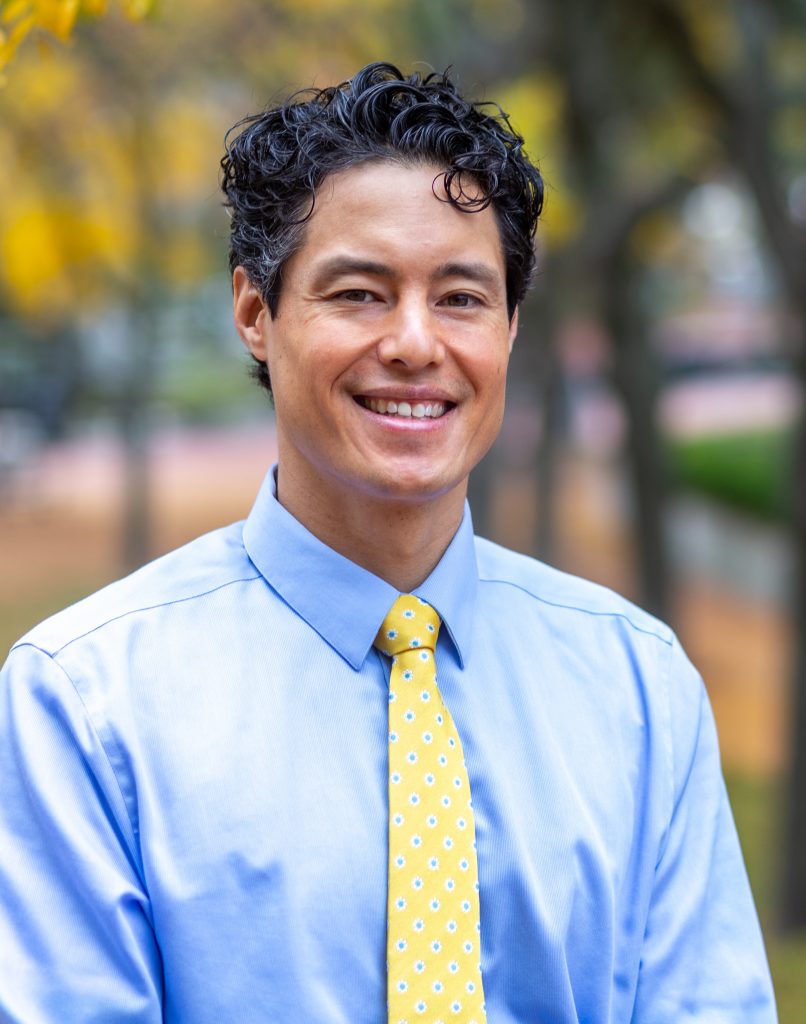Align behavior with science
 Mark Lurie
Mark Lurie
Associate Professor of Epidemiology
It’s an unavoidable fact that the U.S. has 4 percent of the global population, yet roughly 20 percent of the global cases of COVID-19 and 21 percent of the global deaths. We are contributing much more than we should be to the overall proportion of deaths and cases globally. If we were doing as well as the average country, we would have had, through the third week in October, 6.5 million fewer infections and 175,000 fewer deaths.
Two Brown doctoral students, two faculty members, and I recently published a paper where we investigated the impact of the first stay-at-home order, through the end of April. The outcome measure we looked at is called “doubling time”: how quickly it takes for the number of cases to double. When we compared the period before shutdowns to the stay-at-home period, we found—not surprisingly—that there were significant differences. On average, COVID-19 was taking 2.68 days to double before the shutdowns, but during the shutdown, that increased by more than 400% to 15 days. We found that the initial shutdown was associated with a large reduction in the number of new infections. So we know that stay-at-home orders work. The problem is, many states eased orders too quickly. With numbers of new infections rising as winter approached, many states were required to re-impose some restrictions. One of the biggest issues we face in this phase of the pandemic is that complete lockdowns are no longer feasible. This forces us to consider smart, targeted lockdowns. The problem is, we don’t really know which restrictions are most effective.
COVID-19 is a scientific problem, but it’s probably more than anything a behavioral and a political problem. We know what public health tools work if we use them well and consistently: social distancing, hand washing, wearing a mask, and limiting contacts. Yet over the past few years, science, knowledge, and truth have been labeled by some as absurd elitism. As a result, the public’s trust in science has significantly eroded. That’s an extremely difficult social problem to overcome. So when we are lucky enough to have a vaccine, it won’t be effective if there’s such extreme skepticism that a large proportion of people decide not to take it. The best way to overcome this is for politicians to stay out of the debate and for health agencies to be transparent about their reviews of vaccine candidates, about the results of the vaccine trials, and about unfolding plans for fair and equitable vaccine distribution.
In the U.S., we have suffered from inconsistent, factually challenged, and politicized messages from our government. We’ve pulled out of international bodies. But in the global community of people who are working on the coronavirus, I don’t think that is getting in the way of the exchange of scientific evidence and ideas. We’ve seen some unprecedented scientific accomplishments—for example, days after the virus was discovered, we had a record of the full genome of the virus itself, which offered a potential roadmap for understanding the dynamics of COVID-19 spread and potential efforts at mitigation. A highly active group of scientists are sharing their data, hypotheses, and discoveries—much of that in real time.
Indeed, in some ways, working on the virus has made communication and collaboration easier and faster. We used to have to wait for a paper to be published in a peer-reviewed journal. Today, ongoing COVID-related research is published online. Of course, this has both pros and cons. On the positive side, rapid dissemination of research findings enables scientists to learn about new ideas in real-time, and this new knowledge will in turn inform their own work. On the other hand, rapid dissemination often means that studies are available prior to being peer-reviewed—a critical step in ensuring the integrity of scientific research.
COVID-19 has brought about so many changes that we have yet to comprehend its full impact. For my own classroom teaching, it has been a case study about how we construct, use, and interpret epidemiological data. Much of my teaching has focused on critiquing these measures that we read about daily—infection rates, case fatality rates, and the like. And COVID-19 is an excellent example of the folly of calculating these rates in real time when complete data is not readily available, when the epidemic is moving so fast that a place largely untouched a few months ago, can now be a major epicenter, and when associations that appeared strong at the beginning of the epidemic may fade as more information is gathered and more cases occur. Never has our job teaching the next generation of public health scientists taken on such importance and urgency. As a society, we desperately need well-trained public health scientists who can help us learn from the mistakes of the current pandemic and contribute to the more effective handling of the next pandemic.
 Dr. Amal Trivedi
Dr. Amal Trivedi Diana Grigsby-Toussaint
Diana Grigsby-Toussaint Wendy Schiller
Wendy Schiller Dr. Philip Chan
Dr. Philip Chan Dr. Megan Ranney
Dr. Megan Ranney Mark Lurie
Mark Lurie